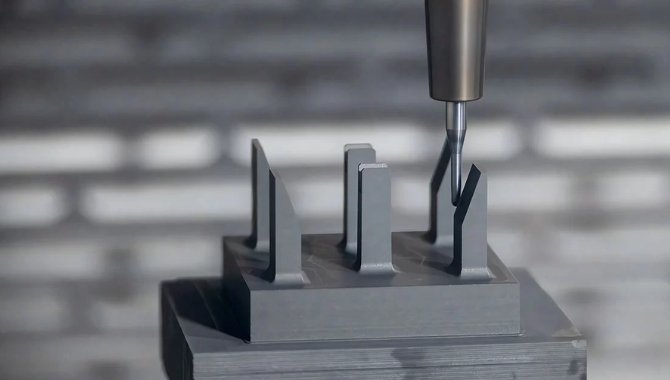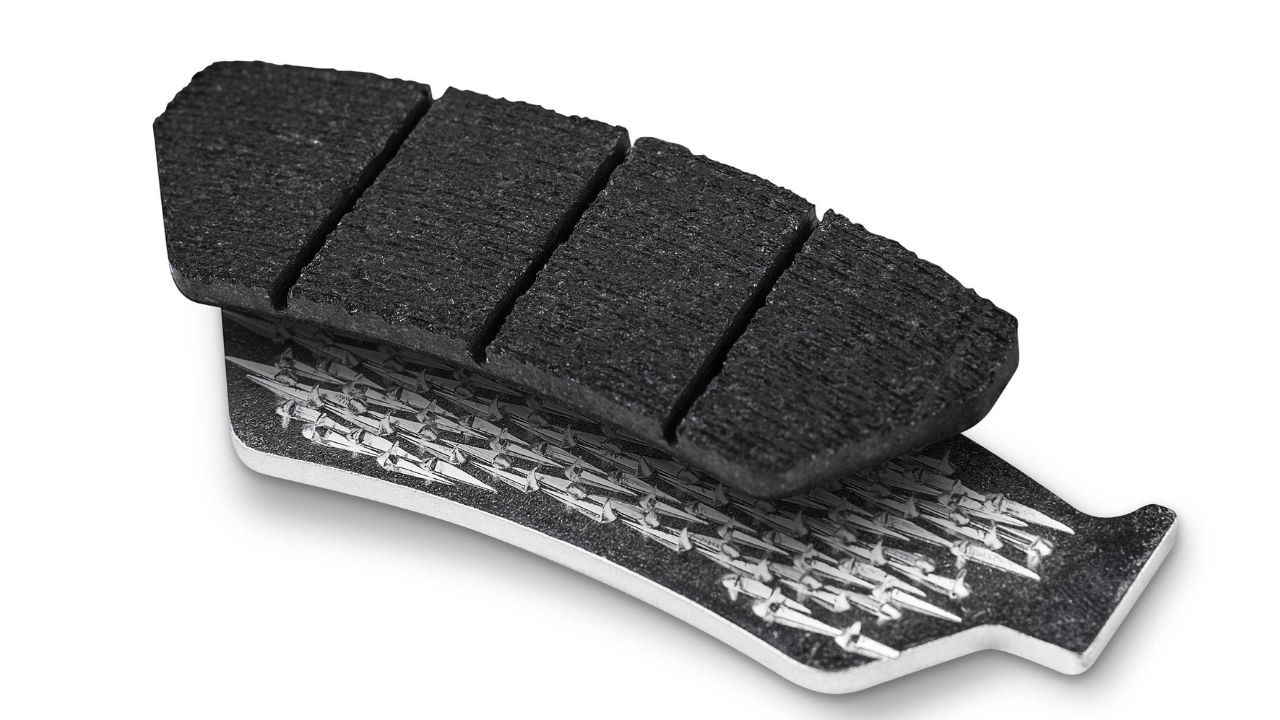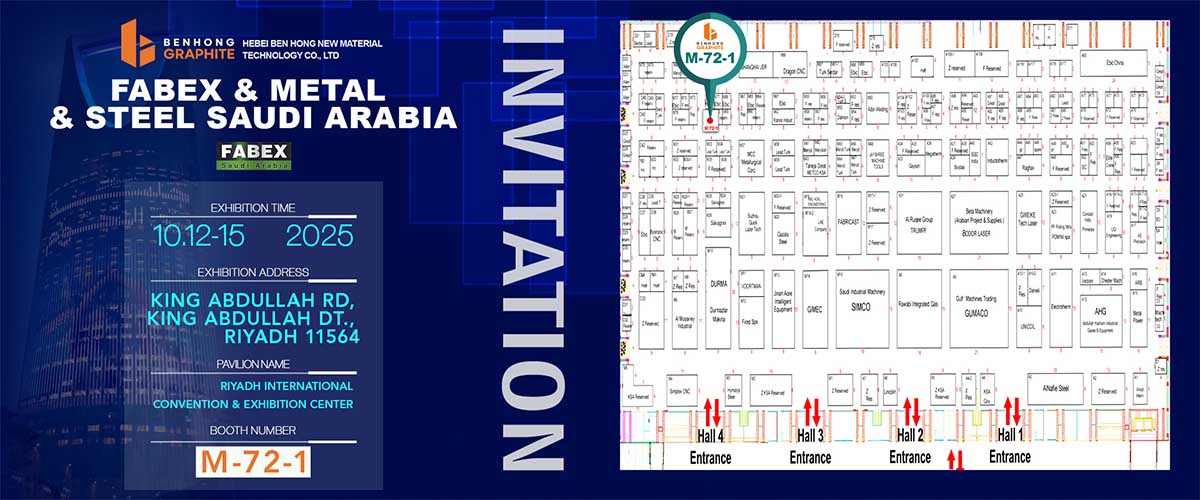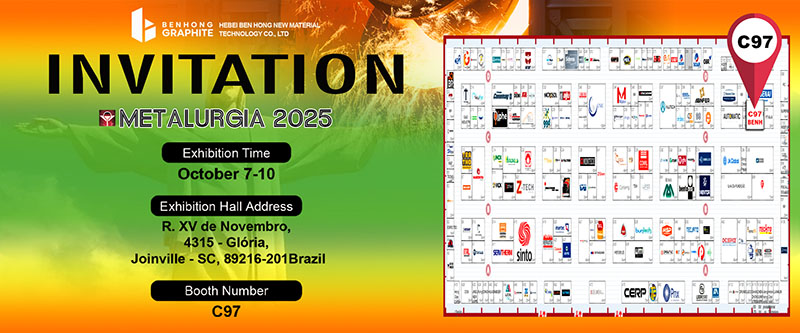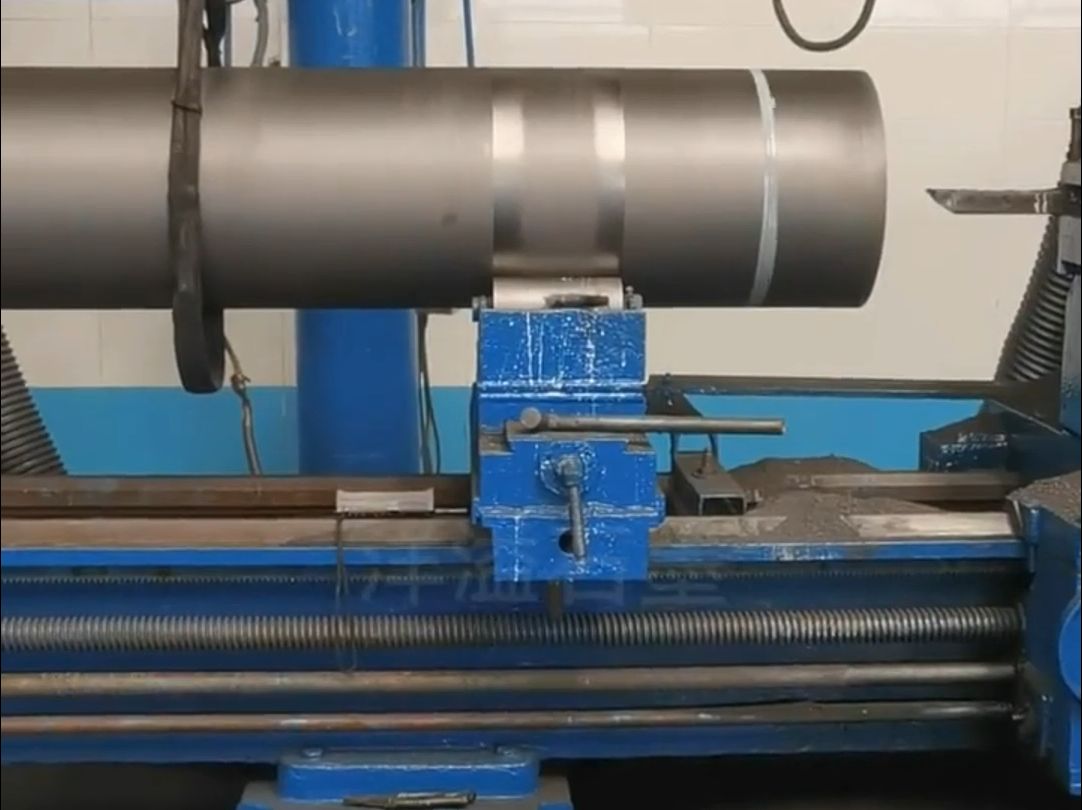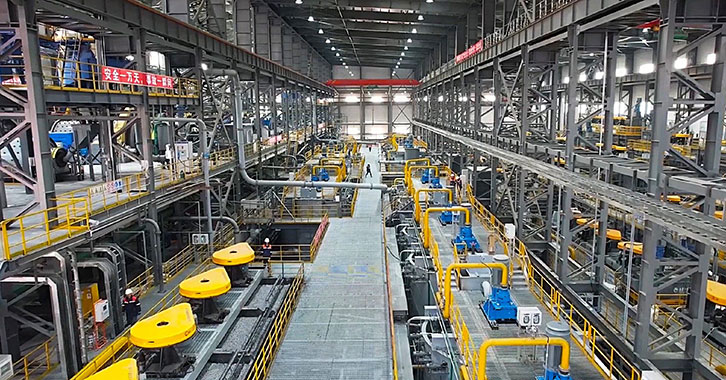 Calcined petroleum coke (CPC) is a crucial material in various industrial applications, particularly in the production of aluminum, steel, and graphite electrodes. One key property of CPC that significantly influences its performance is its absorption rate. For manufacturers and end-users alike, understanding what determines this absorption rate is essential for optimizing product quality and application efficiency. This article delves into the fundamental factors that influence the absorption rate of calcined petroleum coke.
Calcined petroleum coke (CPC) is a crucial material in various industrial applications, particularly in the production of aluminum, steel, and graphite electrodes. One key property of CPC that significantly influences its performance is its absorption rate. For manufacturers and end-users alike, understanding what determines this absorption rate is essential for optimizing product quality and application efficiency. This article delves into the fundamental factors that influence the absorption rate of calcined petroleum coke.
What is Calcined Petroleum Coke?
Calcined petroleum coke is produced by heating green petroleum coke to high temperatures in a rotary kiln or other types of calcining equipment. This process removes volatile substances and transforms the green coke into a more crystalline and stable form. The resulting material is characterized by its high carbon content, low impurities, and specific physical properties, making it suitable for various industrial uses.
Defining Absorption Rate
The absorption rate of calcined petroleum coke refers to its ability to absorb liquids, particularly binders or other chemicals used in its applications. This property is crucial for determining how CPC will perform in various processes, such as the manufacturing of electrodes or as a filler in various industrial applications. A higher absorption rate typically indicates a higher porosity and a greater surface area available for interaction with other substances.
Key Factors Influencing Absorption Rate
- Calcination TemperatureThe temperature at which petroleum coke is calcined plays a significant role in determining its absorption rate. Higher calcination temperatures generally lead to increased graphitization of the coke structure, resulting in a denser and less porous material. As the temperature rises, the coke’s porosity typically decreases, leading to a lower absorption rate. Conversely, lower calcination temperatures may result in a more porous structure with a higher absorption rate.
- Raw Material QualityThe quality of the green petroleum coke used in the calcination process also impacts the absorption rate of the final product. Factors such as the type of crude oil used, the refining process, and the presence of impurities can influence the porosity and surface area of the calcined coke. High-quality raw materials often result in more consistent and desirable properties in the calcined product, including a controlled absorption rate.
- Calcination TimeThe duration of the calcination process affects the extent to which the petroleum coke undergoes structural changes. Extended calcination times can enhance the graphitization process and reduce the material’s porosity. Therefore, the absorption rate of CPC is influenced by how long the material is exposed to high temperatures. Proper control of calcination time is crucial to achieving the desired balance between absorption rate and other material properties.
- Cooling RateThe rate at which calcined petroleum coke is cooled after the calcination process can impact its final properties, including absorption rate. Rapid cooling may lead to the formation of microstructures that affect porosity and surface area. On the other hand, controlled or slow cooling processes can result in more uniform structural properties, influencing the absorption characteristics of the CPC.
- Particle Size and DistributionThe size and distribution of particles in calcined petroleum coke also affect its absorption rate. Finer particles typically have higher surface areas and can exhibit greater absorption rates compared to coarser particles. Additionally, the uniformity of particle size distribution impacts how the CPC interacts with other materials in industrial applications. Optimizing particle size and distribution can enhance the performance of CPC in various applications.
- Porosity and Surface AreaThe inherent porosity and surface area of calcined petroleum coke are primary determinants of its absorption rate. Porous structures provide more surface area for interactions with liquids, leading to higher absorption rates. The porosity of CPC is influenced by the factors mentioned above, including calcination temperature, time, and raw material quality. Understanding and controlling these factors can help achieve the desired porosity and surface area for specific applications.
Applications and Implications
The absorption rate of calcined petroleum coke has direct implications for its performance in various applications. In the production of aluminum and steel, CPC with optimal absorption characteristics can enhance the quality and efficiency of the final products. In the manufacturing of graphite electrodes, the absorption rate affects the bonding and overall performance of the electrodes.
For manufacturers, understanding the factors that influence absorption rate allows for better control over product specifications and quality. By optimizing calcination parameters and raw material selection, manufacturers can produce CPC with tailored absorption properties to meet the specific needs of their customers.
Conclusion
The absorption rate of calcined petroleum coke is a critical property influenced by several factors, including calcination temperature, raw material quality, calcination time, cooling rate, particle size and distribution, and inherent porosity. By delving into these factors and understanding their impact, manufacturers can better control and optimize the absorption characteristics of CPC. This, in turn, enhances the performance of CPC in various industrial applications, ultimately leading to improved product quality and process efficiency.

